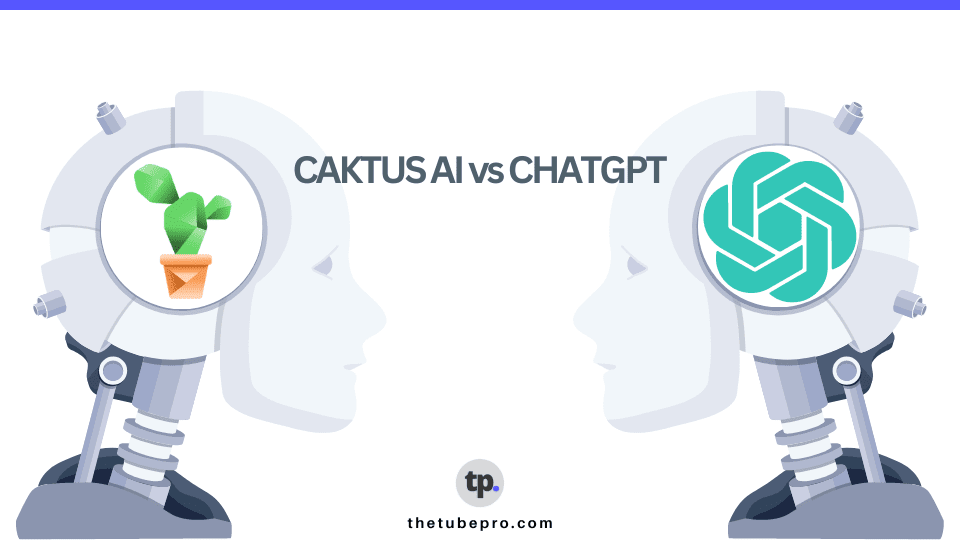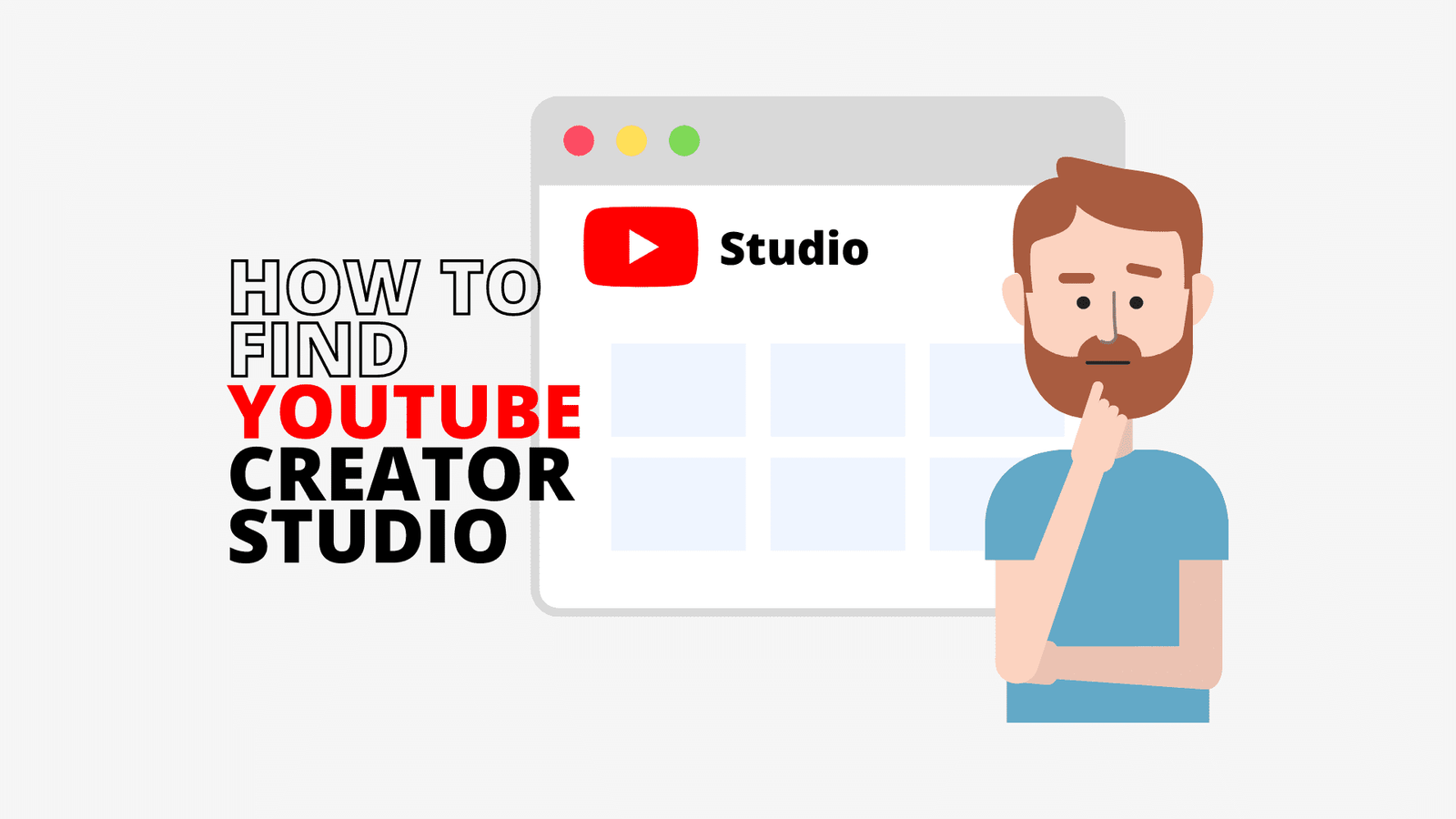With the rise of Artificial Intelligence (AI), writing tools like Caktus AI and ChatGPT have gained significant attention from students, educators, and professionals alike.
These AI-powered platforms offer content generation capabilities, making them valuable assets for various purposes.

However, it is essential to understand the similarities and differences between Caktus AI and ChatGPT to determine which tool best suits your needs.
In this comprehensive comparison, we will explore the features, models, methods, and applications of both Caktus AI and ChatGPT.
What is ChatGPT?
ChatGPT, developed by OpenAI, is a chatbot that utilizes prompts as input to generate corresponding output.
It leverages a fine-tuning technique called Reinforcement Learning from Human Feedback (RLHF), which enhances supervised and reinforcement learning.
Powered by GPT-3, a language model that utilizes deep learning techniques, ChatGPT is capable of producing human-like text responses.
Although GPT-3 is relatively new, the underlying Large Language Model (LLM) technology has been in development for quite some time.
What is Caktus AI?
Caktus AI, an advanced version of ChatGPT, offers a more comprehensive range of features and capabilities.
It is an AI-writing tool, primarily designed to assist students with their homework and academic tasks. As an LLM-based platform, Caktus AI utilizes natural language processing and machine learning techniques to generate content.
Its unique selling points include its ability to avoid AI plagiarism detection and the option to add citation sources to essays.
Caktus AI also provides additional tools and resources in various categories, making it a versatile platform for content creation.
Features Comparison
While both Caktus AI and ChatGPT share similarities as AI writing tools, they also have distinct features that set them apart.
Here, we will delve deeper into the features of each platform, highlighting their respective strengths.
Caktus AI Features
Caktus AI focuses on creating interactive conversational experiences. It allows users to design engaging dialogues and customize the conversational flow.
This feature makes it an excellent choice for creating chatbots and virtual assistants. Additionally, Caktus AI offers personalized feedback and can adapt to individual learners’ needs, making it valuable for educational applications that require tailored instruction.
One of the standout features of Caktus AI is its visual interface, which enables users without coding skills to easily create AI-powered educational content.
ChatGPT Features
ChatGPT, on the other hand, excels in providing prompt-based responses. Users can input prompts, and ChatGPT will generate text accordingly.
This feature makes it suitable for applications such as automated customer support and content generation.
ChatGPT’s ability to fine-tune its responses through Reinforcement Learning from Human Feedback allows for continuous improvement in its conversational abilities.
With its powerful language model, ChatGPT is capable of producing coherent and contextually relevant text.
Performance Comparison
When comparing Caktus AI and ChatGPT in terms of performance, several factors come into play.
These include language fluency, response quality, and the ability to generate accurate and relevant content. Both platforms have undergone extensive training and fine-tuning to optimize their performance.
However, it is crucial to consider the specific use case and desired outcomes when assessing their performance.
Caktus AI Performance
Caktus AI’s performance is commendable, particularly in the educational domain. Its ability to provide personalized feedback and adapt to individual learners’ needs makes it stand out as a valuable tool for students.
The platform’s emphasis on interactive content creation enables engaging and dynamic learning experiences.
Moreover, Caktus AI’s capability to avoid AI plagiarism detection and include citation sources adds credibility to the generated content.
ChatGPT Performance
ChatGPT’s performance, on the other hand, shines in prompt-based text generation. It excels in producing coherent and contextually relevant responses based on user inputs.
ChatGPT’s language fluency and the underlying power of GPT-3, GPT-3.5 and the latest GPT-4, contribute to its impressive performance.
However, it is worth noting that the system’s responses may occasionally lack factual accuracy or exhibit biases, as with any AI-powered language model.
Use Cases and Applications
Caktus AI and ChatGPT cater to different use cases and applications, making them suitable for various scenarios.
Understanding their respective strengths can help determine which tool aligns best with your specific requirements.
Caktus AI Use Cases
Caktus AI is an ideal choice for interactive content creation, making it well-suited for applications such as chatbots, virtual assistants, and conversational agents.
Its visual interface and user-friendly tools enable non-technical users to create AI-powered educational content effortlessly.
Caktus AI’s adaptive learning capabilities make it valuable for personalized instruction and tailored educational applications.
ChatGPT Use Cases
ChatGPT’s prompt-based text generation makes it highly suitable for applications like automated customer support, content generation, and chat-based interfaces.
Its ability to understand and respond to user prompts allows for seamless interactions.
ChatGPT’s language fluency and contextually relevant responses make it a valuable tool for chat-based applications that require natural language understanding.
Conclusion
In conclusion, both Caktus AI and ChatGPT are powerful AI writing tools with distinct features and capabilities.
While ChatGPT excels in prompt-based text generation and contextually relevant responses, Caktus AI focuses on interactive content creation and personalized learning experiences.
Understanding their unique features, performance, and use cases can help you make an informed decision when choosing between Caktus AI and ChatGPT.
Whether you are a student, educator, or professional, these AI-powered platforms offer valuable assistance in content generation and communication.




